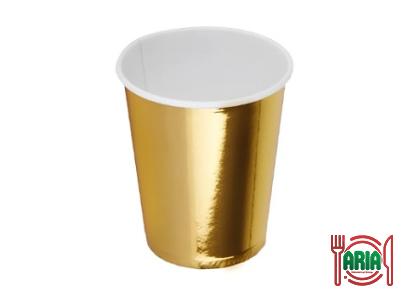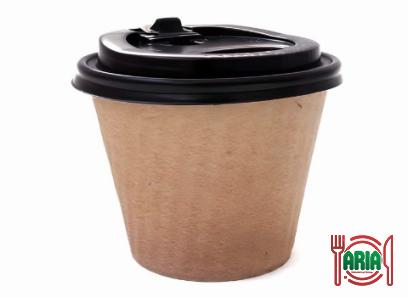Disposable containers are cheap, available and very efficient in preserving most food substances. That’s why they are the first choice for most people.
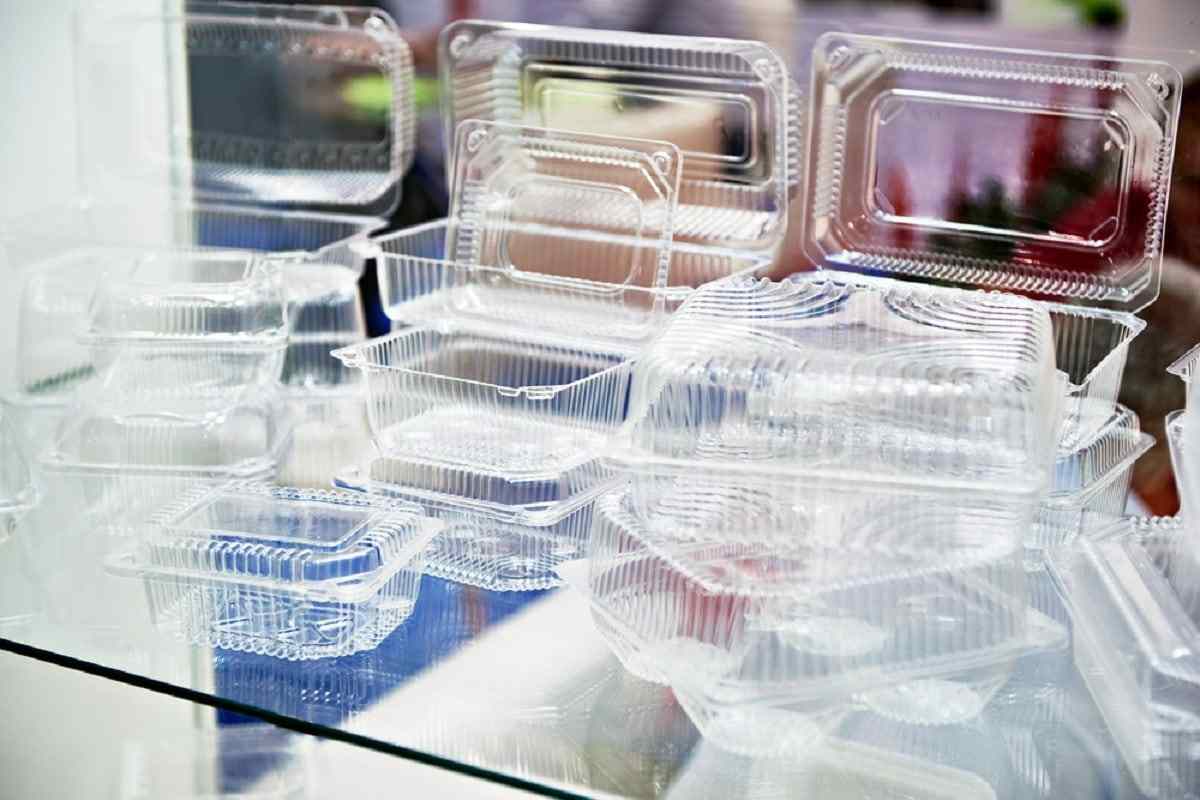
Disposable containers for food
Disposable containers In the midst of the COVID-19 outbreak, have proven to be a vital in takeaways source of revenue for hawkers and other food and beverage enterprises, particularly during the period in which dining out was prohibited.
According to Leung, disposable food containers are often constructed of plastic resins that have been combined with a number of additives.
Additives are chemical ingredients that can improve the performance of the plastic by, for example, making it more flexible or improving its physical look. Additives can also increase the performance of the plastic by improving its physical appearance.
“Some of these additives are added if the disposable box is designed to hold high-temperature food,” added the senior lecturer and senior specialist at Nanyang Polytechnic’s School of Applied Science.
“Some of these additives are added if the disposable box is designed to hold high-temperature food.”
WHAT KIND OF POLYMER IS CONSIDERED TO BE THE SAFEST?
It is important to consider what will be placed within the container, such as hot food or food that will be microwaved.
Leung recommends that consumers select the appropriate type of plastic for their needs, and this recommendation includes selecting plastic for reusable containers.
He suggested that you think about using a plastic container that is resistant to heat and reusable if the contents of your container are going to be heated on a regular basis.
For instance, polypropylene (Code 5), which is resistant to heat, is the material that functions best in microwaves due to its versatility.

There are other containers that are made to be placed in cold environments, such as the refrigerator and freezer, such as those made of high-density polyethylene (Code 2).
“(In comparison), certain disposable plastic containers, (if) put in the freezer, will very likely fracture because they are not built to perform at high temperatures,” Leung continued.
“(In) contrast, some reusable plastic containers are designed to work at extreme temperatures.”
- WHILE PIPING HOT SOUP, IS IT SAFE TO USE CONTAINERS THAT ARE CONSIDERED TO BE DISPOSABLE?
According to Leung, the plastic will rapidly deform if hot soup is placed into a container that was not designed to withstand temperatures of such a high magnitude.
The term “microwave safe” will be present on any container that may be heated in one, and the container may additionally have instructions to first remove any lids.
When it comes to the primary component of the container, the resin identification code that can be found on the bottom of some containers, in the middle of the recycling logo, will tell you what kind of plastic the container is made of. The following is an interpretation of the numbers:
- Polyethylene terephthalate is referred to as Code 1. (PET)
- High-density polyethylene is referred to as code 2. (HDPE)
- Code 3: Polyvinyl chloride (PVC)
- Least dense polyethylene is the code for this (LDPE)
- Code 5: Polypropylene (PP)
- Code 6: Polystyrene (PS)
- Polycarbonate (PC) and other types of plastics fall under Code 7.
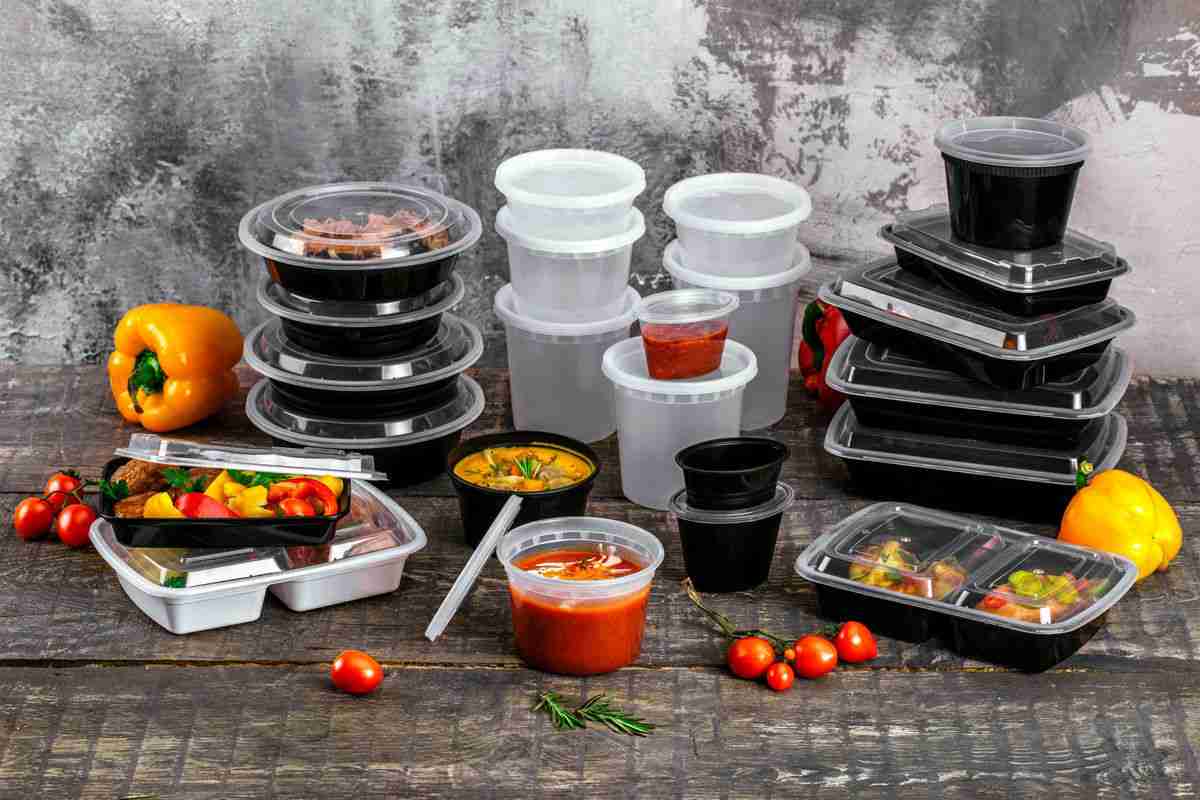
Disposable containers with lids
IS IT POSSIBLE FOR ME TO REUSE DISPOSABLE CONTAINERS?
It is advised that they only be utilized once.
They are risk-free for the immediate use to which they are put, but not for any use beyond that which they were created.
Leung emphasized the significance of taking a “like-for-like” strategy whenever it was necessary to recycle throwaway plastics. This involves using water to replenish a container of bottled water rather than another liquid, such as coffee.
Additionally, he urges his friends and coworkers to be on the lookout for warning indications that indicate they should discontinue the use of a container.
If there is discoloration in one particular place, it can indicate that it was cooked too much. It is possible that the texture of the takeaway container will shift and either become harder or softer after continuous use.
“These are signals that it has gone past the limitations of the plastic formulas,” said Leung. “This is a sign that it has gone beyond the limits of the plastic.”
If you choose to disregard all of these warnings and keep utilizing the plastic container, you run the risk of accumulating a greater quantity of these chemicals than you would typically be subjected to.
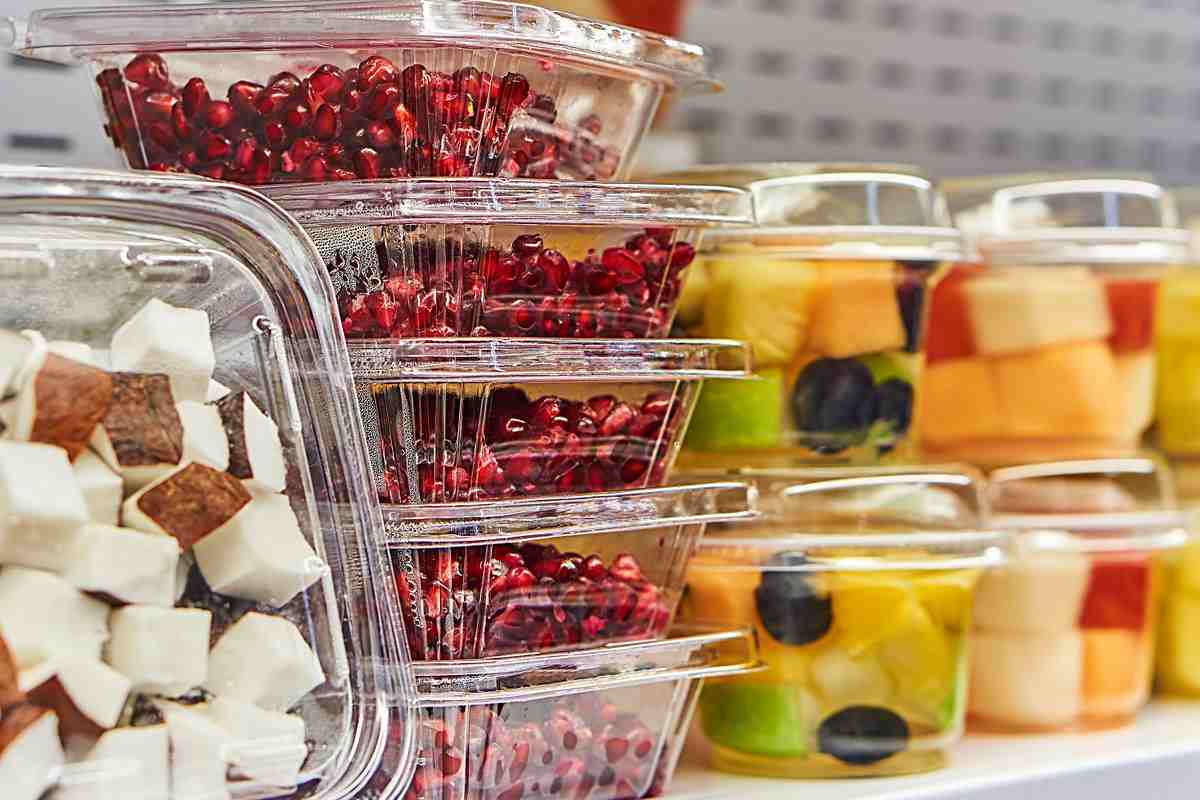
He went on to say that being ecologically conscious is something that must be prioritized, but that there is “no value” in making improper use of disposable containers.
Consider investing in reusable containers that have a minimum of a plastic identification number and a food safety label so that you don’t run the danger of chemicals from these containers leaking into the food or beverage you are consuming.
WHAT HAPPENS IF THE MATERIAL USED TO MAKE BOTH REUSABLE AND DISPOSABLE CONTAINERS IS POLYPROPYLENE?
Reusable containers are designed to “resist certain physical cleaning,” thus even though the labels all display the same code, the plastic formulas could be extremely different, according to Leung. Reusable containers are also intended to be washed and reused.
He pointed out that the producer has the ability to include acid resistance as well as oil resistance in the product. “With regard to the disposable (container), the manufacturer… probably won’t include an excessive amount of these additional functions.”
WHAT ARE THE RULES AND REQUIREMENTS Regarding Food Containers?
The Sale of Food Act requires full compliance from any and all food-contact products that are imported, sold, or used in Singapore. This includes things like water bottles and food containers.
For instance, food containers that are “capable of imparting lead, antimony, arsenic, cadmium or any other harmful substance to any food kept, prepared or cooked in it” are not permitted. This prohibition applies to all food containers.
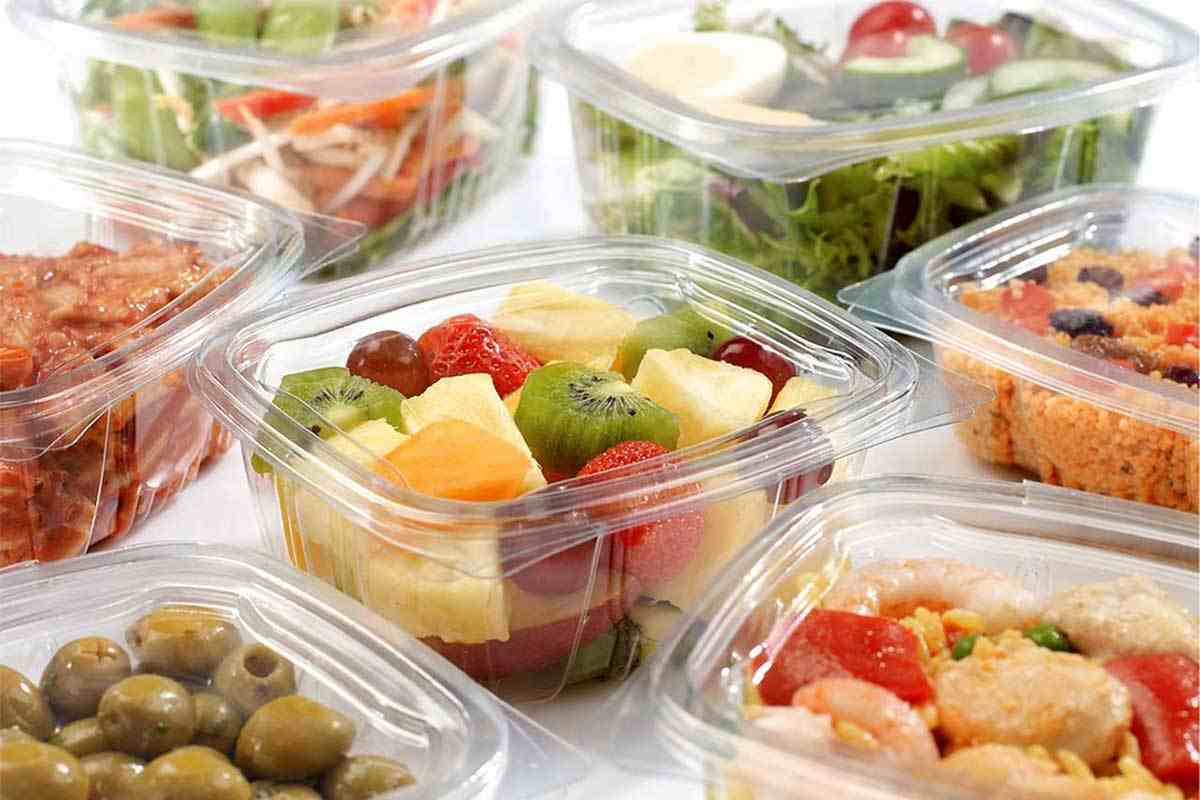
Disposable containers for food packaging
The Environmental Protection Agency (EPA) considers disposable containers and packaging to be things that are generally thought to be thrown away in the same year that the products they contain are purchased.
The generation of containers and other types of packaging accounted for 90 million tons of municipal solid waste (MSW) in 2022, making up a significant share of this type of waste (28.1 percent of total generation).
Packaging is the product that is used to wrap or protect items, such as food, beverages, medications, and cosmetic products.
Packaging can also be used to transport goods. Shipping, storing, and protecting goods all need the utilization of various containers and packaging options. They also bring benefits in terms of sales and marketing.
Containers and other types of packaging, particularly corrugated boxes, are among the things that are recycled most frequently. In 2022, the rate of recycling for newly produced containers and packaging was 60 percent.
In addition, the burning of containers and packaging totaled 7.4 million tons in 2022, which accounted for 21.5 percent of the total combustion with energy recovery. Landfills collected 30.5 million tons, which accounted for 20.9 percent of the total amount of waste dumped.
Containers and other types of packaging found in municipal solid waste can be constructed from a variety of materials, including paper and paperboard, glass, steel, aluminum, plastics, wood, and even trace amounts of other types of materials.
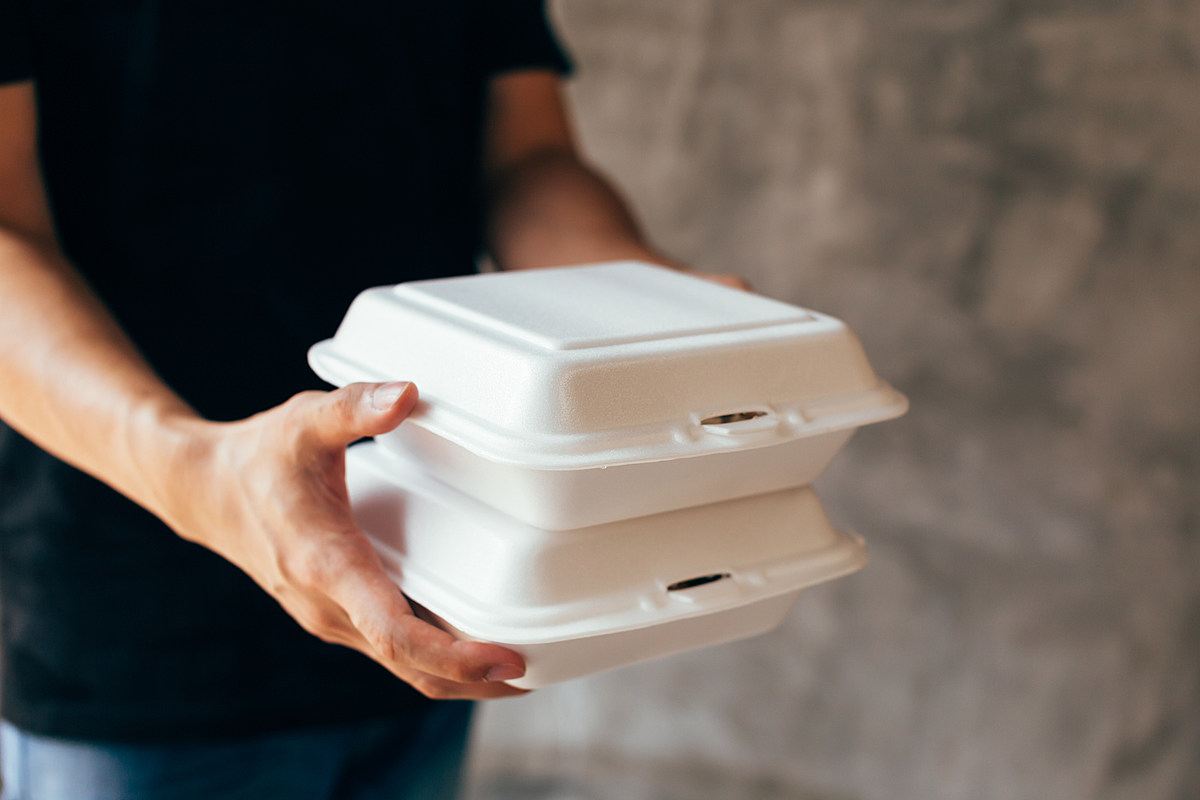
Aluminum Containers and Aluminum-Based Packaging
Cans of beer and soft drinks made of aluminum (including carbonated and non-carbonated soft drinks, tea, tonic, waters, and juice beverages), other types of cans, aluminum foil, and aluminum closures are all considered to be aluminum containers and packaging (including semi-rigid foil containers, caps, closures and flexible packaging).
The Aluminum Association provided the EPA with statistics on the number of cans that were consumed within the United States, and the EPA used this information to estimate the amount of aluminum cans that are produced.
Based on the information gathered by the Department of Commerce, an estimate of the net import of unfilled aluminum cans was created. The figures for other types of aluminum packaging come from the Aluminum Association.
According to estimates provided by the EPA, the amount of aluminum packaging produced in 2018 was 1.9 million tons, which corresponds to 0.7 percent of total MSW generation.
In 2022, 690,000 tons of aluminum beverage cans were recycled, which is equal to 50.4% of the total amount produced. There was a lack of data regarding recycling in other categories of aluminum packaging for the year 2018.
We have made and distributed many types of disposable containers, cups and cutleries in the global market.
As a leading manufacturer, we welcome all who need similar products to contact us and we will guaranty a profitable and prosper relationships and deals for them. See you soon.


